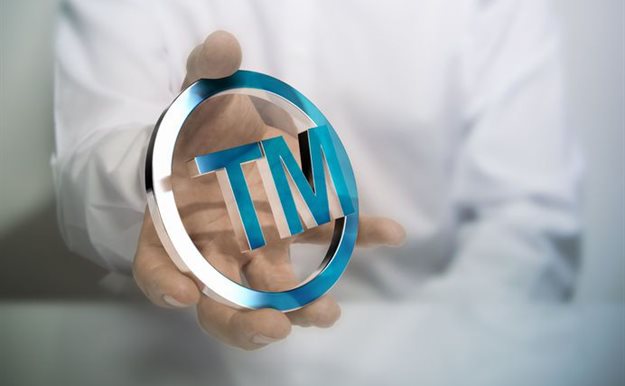The uber-zoom: The case against trade mark genericide

Now, this wouldn’t be a first. Over the years, many brands have come to realise the adverse consequences of a trade mark that is too successful.
Once-distinctive trade marks, like Aspirin, Escalator and Thermos have become generic marks: descriptive of the relevant goods or services or generally defining a class of goods or services, rather than identifying the goods or services of a particular trader. This process is known as “trade mark genericide”.
Unpacking the trade mark
A trade mark is any word, name, sign, symbol, logo, container, shape, pattern / ornamentation, colour or combination of these, which traders use to distinguish their products or services from others’. It is an effective communication tool, with the potential to convey intellectual and emotional attributes and messages about a brand and its reputation, products and services.
The basic functions of a trade mark are to serve as a badge of origin – or as a source identifier – and to distinguish the goods or services of one business from the same or similar goods or services of another business in the course of trade.
The law protects trade marks that achieve this, by allowing them to be registered and exclusively used by the trade mark owner. As such, terms that are deemed generic are not entitled to trade mark protection, because they are in the public domain.
Here’s an example:
Consumers have learned to identify types of French fry based on the restaurant they come from. This is because the essential product, the French fry, already existed, so companies had to apply their trade mark to a product already in existence.
How genericide happens
More often than not, genericide takes place in the realm of invented products or a new type of product or service. An often strong, distinctive, non-generic and valid trade mark enters common parlance and gradually loses its distinctiveness over time, to the point where it becomes the common name of the relevant product or service, widely used by consumers and even by competitors.
This “death by nouning” or “death by verbing” phenomenon occurs when the public no longer perceives the trade marked term as an indicator of source, but as a description for the class of products or services.
Think of Google, Tweet, Photoshop and Facetime.
When this happens, the mark can no longer serve its distinguishing function, and the company runs the risk of its brand name becoming so commonly used that a judge rules it too “generic” to be a trade mark. Goodbye protected status.
In South Africa, for example, the Supreme Court of Appeal found that Liquorice Allsorts had become the generic name for a particular liquorice confectionery product. The benchmark judgment was handed down in 2000 in Cadbury (Pty) Ltd v Beacon Sweets & Chocolates (Pty) Ltd and the Registrar of Trade Marks.
Generally, the objective is for goods or services to become something everyone wants, and for their trade mark to become a household brand. But there is a fine line between having your brand be a “household name” and being just another house.
What brand owners should do
Astute brand owners should adopt a strict protocol for the consistent proper usage of their trade marks.
- To begin with, use your trade marks in a way that emphasises their trade mark significance; i.e. not in a generic sense, as a way to refer to the type of goods or services offered.
- A visible method you can employ in written advertisements and advertising materials (website and online marketing), is to use the ® symbol (if it is registered) or the ™ symbol (if it is unregistered), to signify that the mark is a proprietary brand.
- Preferred trade mark use should be as an adjective, followed by the general or common name of the product or service, as in Photoshop photo editing software, Google search engine, BMW vehicle, Nike sneakers, etc.
- Online monitoring is another tool you can employ in your enforcement efforts, to retain exclusivity of your trade marks.
Establishing trade mark recognition with consumers, and maintaining that distinctiveness in the marketplace, requires concerted and consistent effort, as well as strategic planning. No matter the size of your company, proper trade mark use and enforcement is essential to retaining the value and strength of your brand/s.














